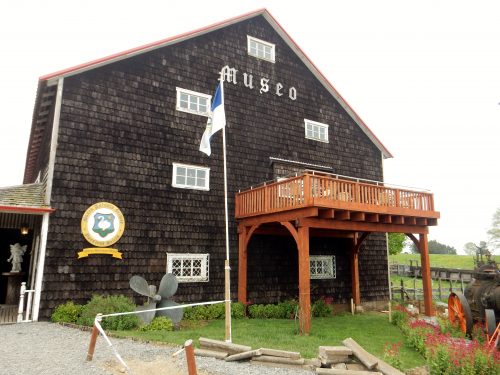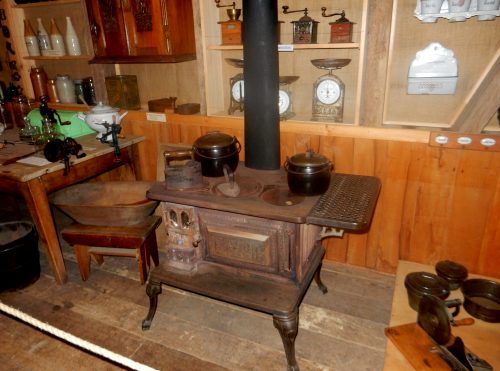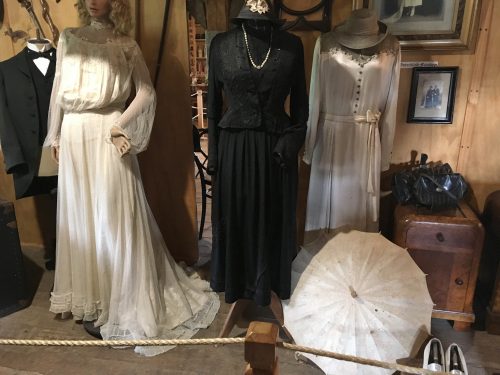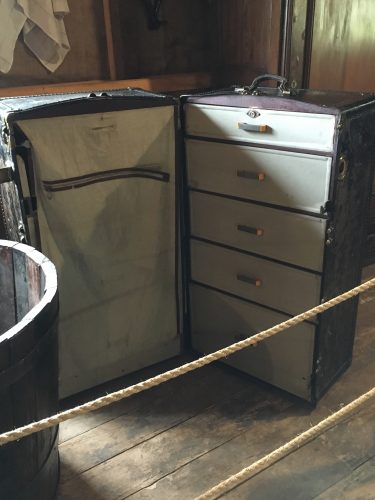Museo Antonio Felmer

A blog post from JMM Volunteer Coordinator Wendy Davis. To read more posts from Wendy, click here.

The majority of the population are descendants of immigrants, just like in the US. Besides seeing people that resembled those I see on the streets at home, the immigrant similarity really hit home when I visited Museo Antonio Felmer, a museum outside the Chilean city of Puerto Varas. The collection consisted of objects brought by German immigrants to Chile, starting from the mid 1800’s into the 20th century. There was a parallel immigration of Germans to Baltimore at the same time. Some of those Baltimorean immigrants established the congregation that populated our Lloyd Street Synagogue. I wonder how many of their precious objects they carefully packed and brought to the new world to either help them in daily tasks or with their occupation.
Antonio Felmer, a descendant of one of the German families in Chile, wanting to preserve his community’s history, started collecting household and farm related items which he housed it in his barn. Antonio has since died, but his son has taken over the ever-growing collection and is running the museum that fills the three floors of the barn. Much to his son’s chagrin, Antonio didn’t keep records regarding the provenance of the items or the items’ function. It has taken some guess work, and input from visitors to determine the function of some of objects. For example, for years, he wondered why a chair in the collection had only 10” tall legs. A visitor recalled that mothers would sit on chairs like that to be close to their children as they sat around her on the floor.
The collection is wonderfully displayed with related items grouped together. Many of them are kept in working condition from items needed for daily living to items used for entertainment.


Yes, there were wedding dresses, too, on display. Most of the wedding dresses in the JMM “Just Married” exhibit were white.

Why black? Because the dress owners lived in a poor farming community where the women needed to have the dress to wear for other good occasions and white was not practical to keep clean.

The Felmer family obviously has a passion to preserve their history, something all who are associated with the Jewish Museum of Maryland can relate to.
